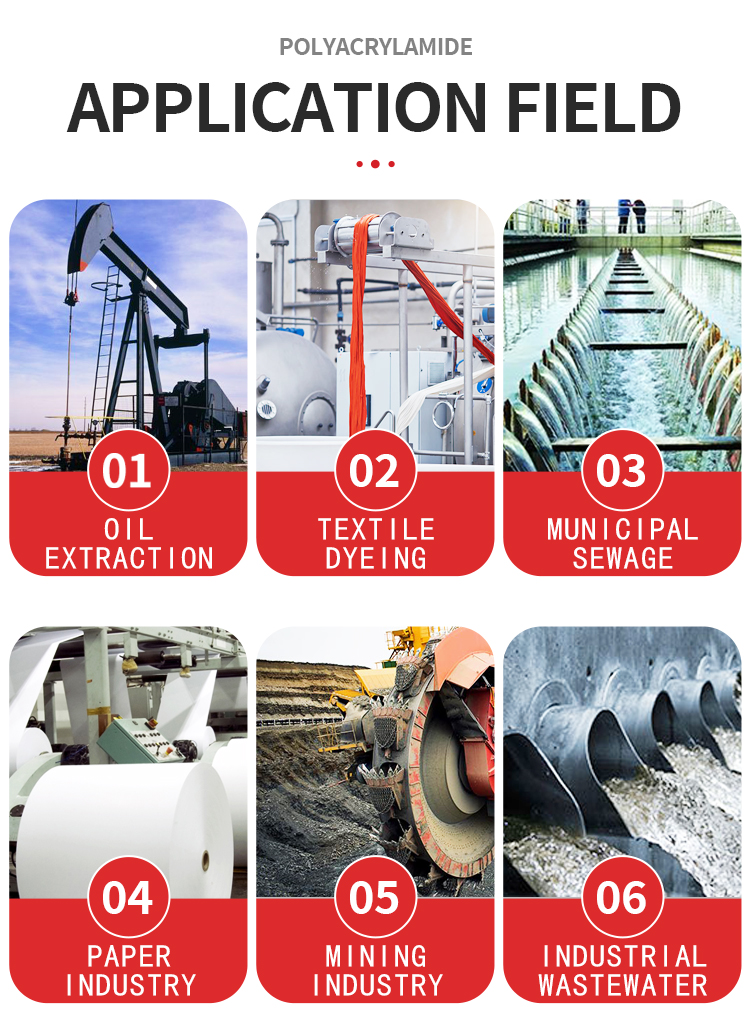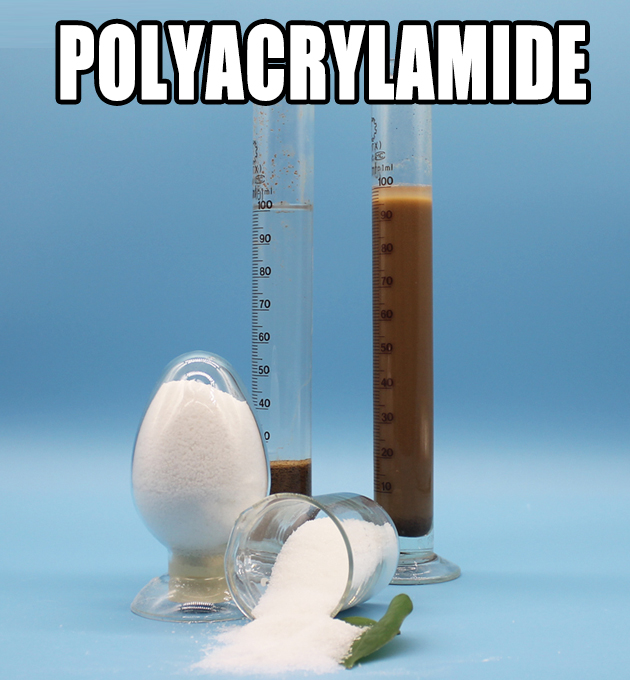Polyacrylamide (PAM) is a linear polymer with the chemical formula (C3H5NO)n.
Physical properties:
At room temperature, polyacrylamide is a hard glassy solid that can be dissolved in water in any proportion to form a uniform transparent liquid. Its products are in various forms, including glue, latex, white powder, translucent beads and flakes. Polyacrylamide has good thermal stability, but after long-term storage, the viscosity of the solution will decrease due to the slow degradation of the polymer, especially when the storage and transportation conditions are poor.
Chemical properties:
Polyacrylamide is easily soluble in water and almost insoluble in organic solvents. In neutral and alkaline media, it exhibits the characteristics of a high polymer electrolyte, is sensitive to salt electrolytes, and can cross-link with high-valent metal ions to form an insoluble gel. The polar groups on its molecular chain can bridge the particles by adsorbing the suspended solid particles in the sewage or agglomerate the particles to form large flocs by charge neutralization.
Application areas:
Polyacrylamide is widely used in many fields due to its unique properties. As a lubricant, suspending agent, clay stabilizer, oil displacement agent, fluid loss reducer and thickener, it plays an important role in drilling, acidizing, fracturing, water plugging, cementing and oil extraction. In addition, it is also used in water treatment, textile, papermaking, mineral processing, medicine and agriculture, and is known as the “auxiliary agent for all industries”.
Classification:
Polyacrylamide can be divided into four types according to its ionic properties: non-ionic, anionic, cationic and amphoteric. Anionic polyacrylamide has pyrolysis, and its viscosity decreases rapidly with increasing temperature, ensuring that it does not affect the performance of the original fiber in the dry paper.


